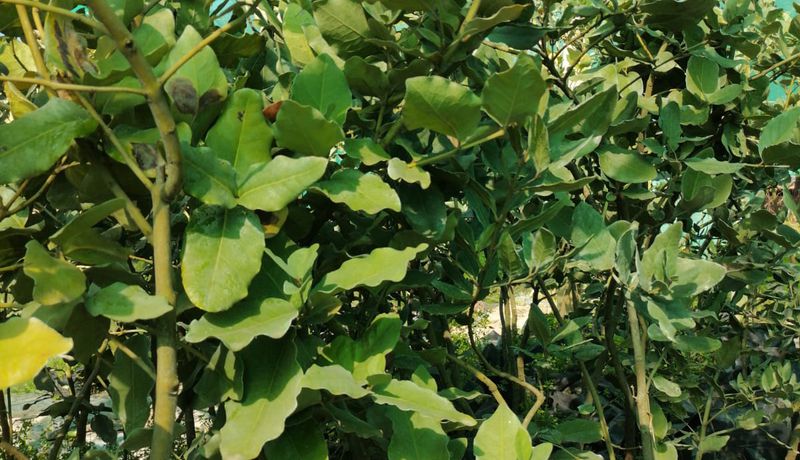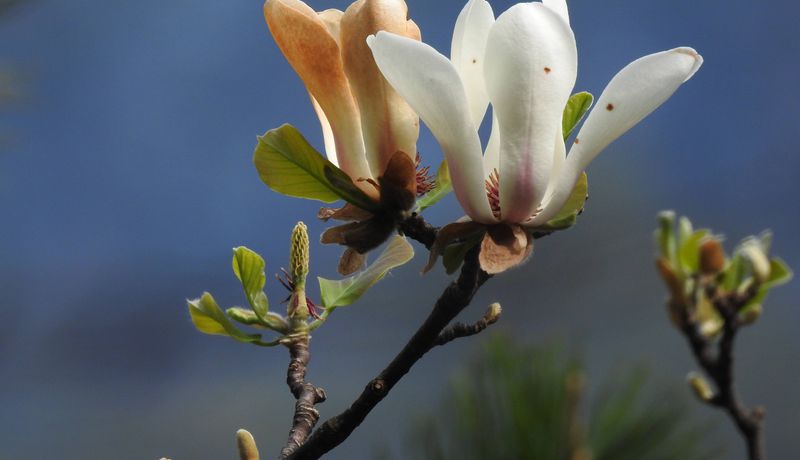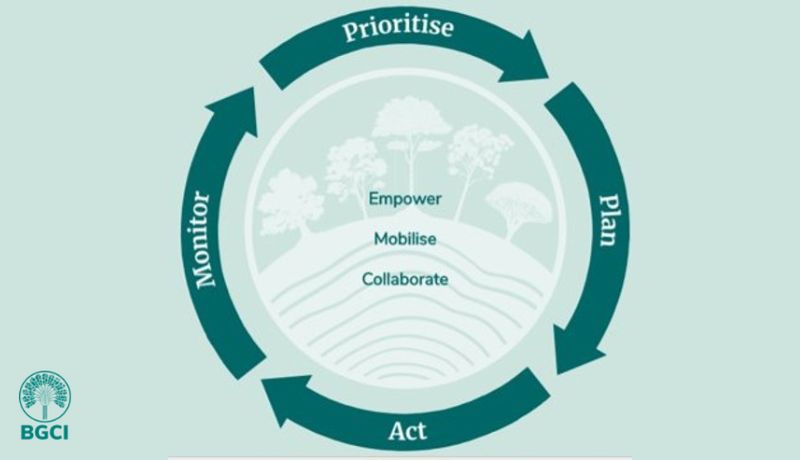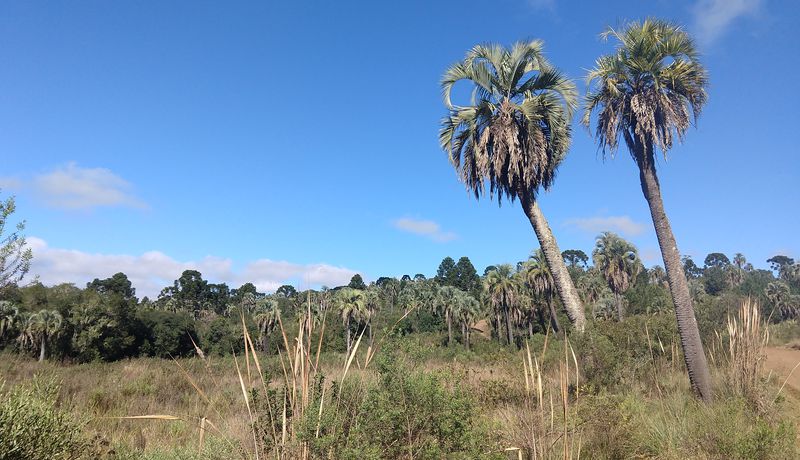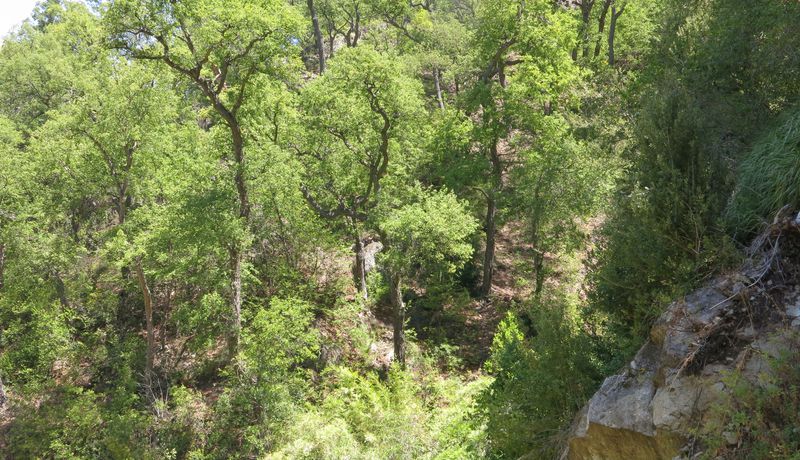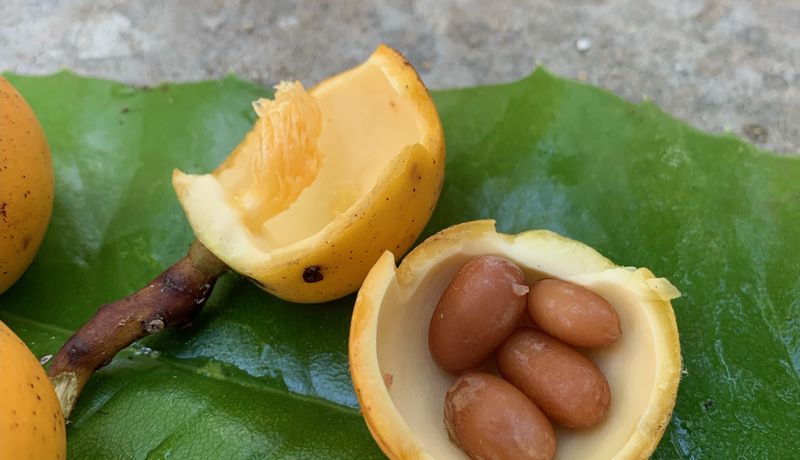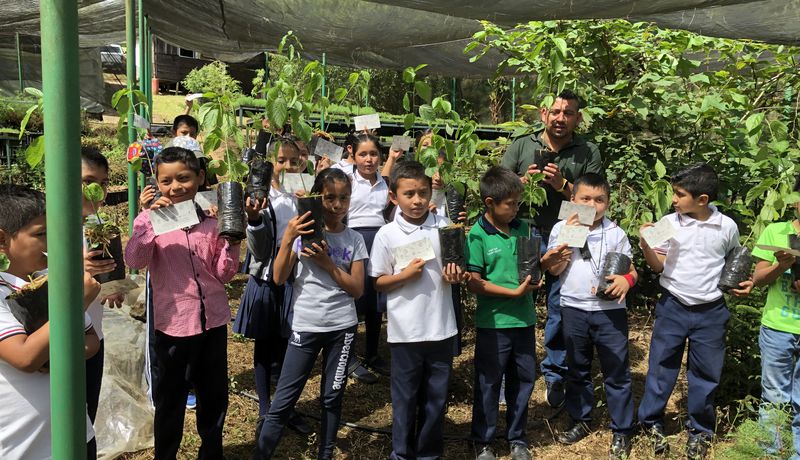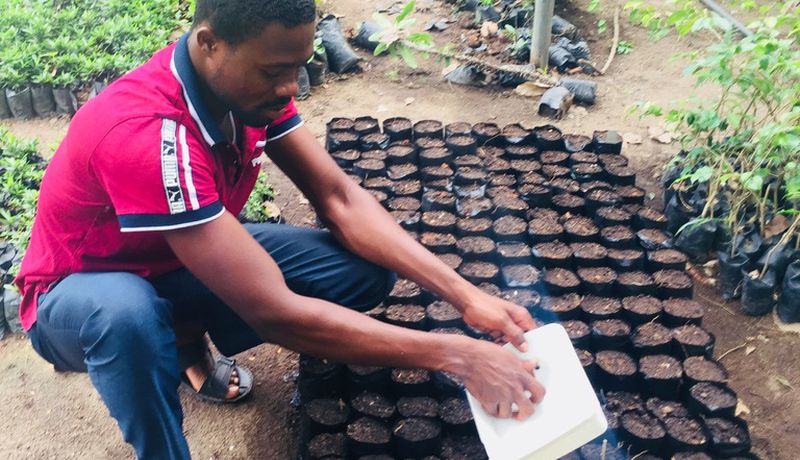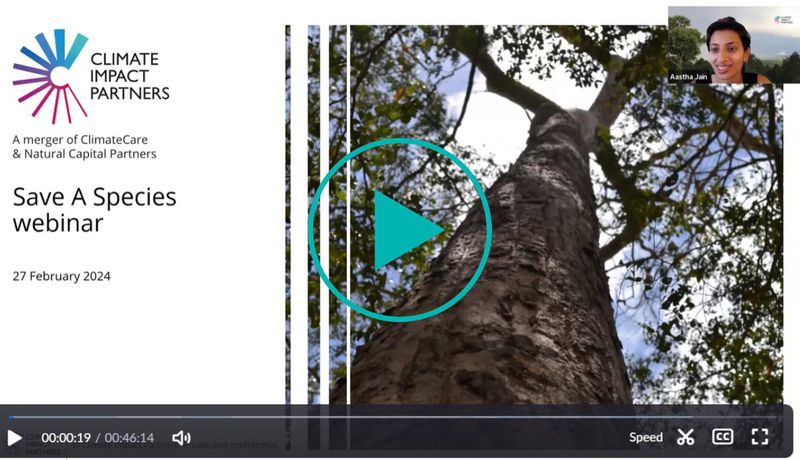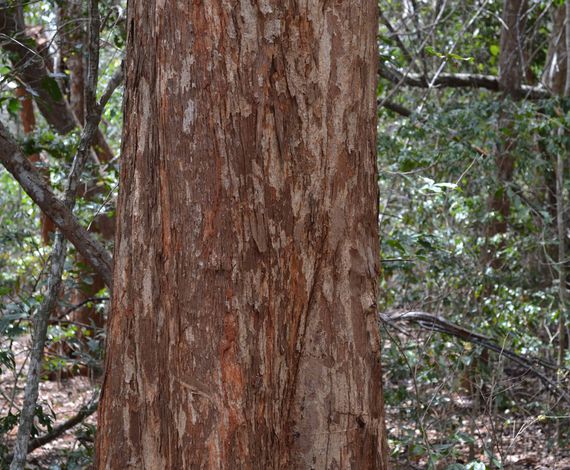The World Economic Forum reports biodiversity loss and ecosystem collapse as the foremost risks to businesses in this decade, alongside climate change. But it is a complex topic and not something businesses typically have expertise in. There are however already solutions available which will deliver tangible biodiversity impact. For instance, the Save A Species program, developed in partnership with Botanic Gardens Conservation International (BGCI) empowers companies to promptly engage in biodiversity conservation and restoration initiatives.
Our panel of experts shared insights on implementing the program and the practical steps involved in conserving and recovering threatened tree species during a webinar in February: Kirsty Shaw who leads BGCI’s tree conservation planning and action program in Africa; and Rob Stevens, Director of Product Development at Climate Impact Partners. They discussed how corporate funding will directly support on-the-ground conservation and restoration efforts. Watch the full webinar recording.
The importance of corporate involvement in biodiversity initiatives
We launched the Save A Species program in the context of the United Nations’ 2022 Biodiversity Conference (COP15), and it contributes to the 30x30 global target of the Global Biodiversity Framework (GBF). Though there is no question of the requirement to support biodiversity for a long term thriving planet, investing in nature also helps businesses manage their own risks, and provides a compelling example of action for stakeholders, as well as generating business opportunities and jobs.
Yet, our survey of webinar participants told us:
- 69% have not yet started their biodiversity and nature strategy
- 8% are currently in the process of understanding what goes into such a strategy
- 15% are already quantifying their impact
- 8% are formulating their strategy
None have a strategy in place and being implemented.
In the meantime, new frameworks and regulations have recently intensified media, consumer and investor expectations that companies must address their impact on nature and biodiversity. Now is the opportunity to get ahead of the game.
Why saving trees is important
The conservation of global biodiversity is utterly dependent on the way in which we interact with and use forests, according to The State of the World’s Forests report.
Trees are essential for:
- Providing diverse biodiversity benefits, and often support a vast number of other flora and fauna species. One study found that 2.3 million living species depend on a single average tree.
- Tackling climate change as they absorb one third of global emissions every year.
- Providing food for people.
- Supporting local communities in creating additional source of revenue, for example through the establishment of nurseries to recover a tree species.
- Offering medicinal properties.
- Cleaning our air by absorbing harmful pollutants.
- Producing timber or resin. Some species can be used to make musical instruments.
- Preventing flooding and water pollution by stabilizing soil and absorbing water.
- Acting as a flagship species that can drive the conservation of other species and surroundings habitats.
- Providing shelter and shades for humans and animals.
- Improving our own mental and physical well-being.
There are around 58,000 tree species on earth. Already at least 142 tree species have been lost and 30% face extinction in the next years.
There are twice as many threatened trees than threatened mammals, birds, amphibians and reptiles combined.
How your company can help save threatened tree species
Delivered in partnership with BGCI, our Save A Species program focuses on the urgent recovery of threatened tree species, before they go extinct.
Successful programs must have the right tree, in the right place, at the right time and BGCI leverages the vast network of botanic gardens and engages with local partners on the ground to save these threatened species. With approximately 3,700 institutions, the global botanical garden community conserves at least 30% of all known plant species within their collections.
BGCI’s tree conservation program has four main steps:
1. Prioritize tree species at the risk of extinction
Our partner, BGCI, leads on the global assessment of trees, with the aim to put in place conservation initiatives. Through collaboration with their global network, they've developed the first comprehensive worldwide list of trees, assessing the status of each species.
Our Save A Species program ensures that we have trusted partners on the ground to deliver each species recovery project. These projects will also deliver strong and positive community benefits but also support biodiversity and natural habitats, providing corporates a compelling story and simple message to share with their stakeholders.
2. Plan effective conservation and recovery projects
Conservation and recovery projects with a comprehensive plan are far more likely to succeed and have lasting impact. When it comes to individual species, a recovery plan or conservation action plan is developed in collaboration with local experts and local communities. Technical experts from the BGCI network may provide expertise as needed.
Each recovery plan will encompass the species’ location, characteristics, context, current status, required conservation and recovery actions, timeframe, stakeholders involved at each stage and the funding required. The template for these plans has been approved by the International Union for Conservation of Nature (IUCN).
3. Act through the Save A Species program to recover species
Our Save A Species program will empower corporates to finance and implement species recovery plans tailored to the unique needs of each species. Each recovery plan is designed over a period of three to five years.
Some common activities will involve conducting thorough field surveys to assess remaining wild trees, mapping these trees for protection in their natural habitats, collecting seeds and other propagation materials, providing training to local implementation partners and communities, and establishing nurseries for replanting into wild sites with ongoing management.
4. Monitor the action of the recovery plan
To ensure impact, the program will continuously monitor, collect and report data to track success and progress. This will be carried out by trained field teams, verified by BGCI and its network.
Key monitoring indicators include the number of mature and immature individuals, the number of trees planted and how many survived, the number of people trained and the number of people benefiting from the project and how.
How local communities are involved in saving tree species
Community engagement is essential for the success of every project as they ensure the effectiveness of these recovery initiatives. Throughout both development and implementation phases, local communities actively participate in the projects, ranging from raising awareness in community meetings to hands-on involvement. Project beneficiaries are carefully chosen, often contributing to seed collection, nursery operations, and restoration efforts.
Alongside offering employment and training to local communities, the program will support smallholder farmers in selecting appropriate tree species for potential source of income. Education programs, facilitated by botanic garden partners, broaden engagement with a wider audience, leveraging their extensive outreach capabilities to amplify the impact of each project.
Trees are fundamental to our natural ecosystems. The Save A Species program empowers corporates to take immediate action while increasing their understanding of their impact and dependencies on nature and biodiversity. With our partner, BGCI, we have selected a portfolio of threatened tree species in need of urgent funding to prevent extinction. Each species not only contributes to biodiversity conservation but also delivers significant community benefits.
Find out more about our portfolio and download the brochure of threatened tree species. By taking the responsibility for saving one or more named tree species from extinction, your company can help preserve a species for future generations and ensure they continue to support the ecosystem of plants, animals and insects that rely on them.
We plan to raise awareness of our Save A Species program on International Day of Forests (March 21st) and International Day for Biological Diversity (May 22nd). Join the movement and be at the forefront of biodiversity conservation and restoration initiatives, reinforcing your organization’s commitment to sustainability.


